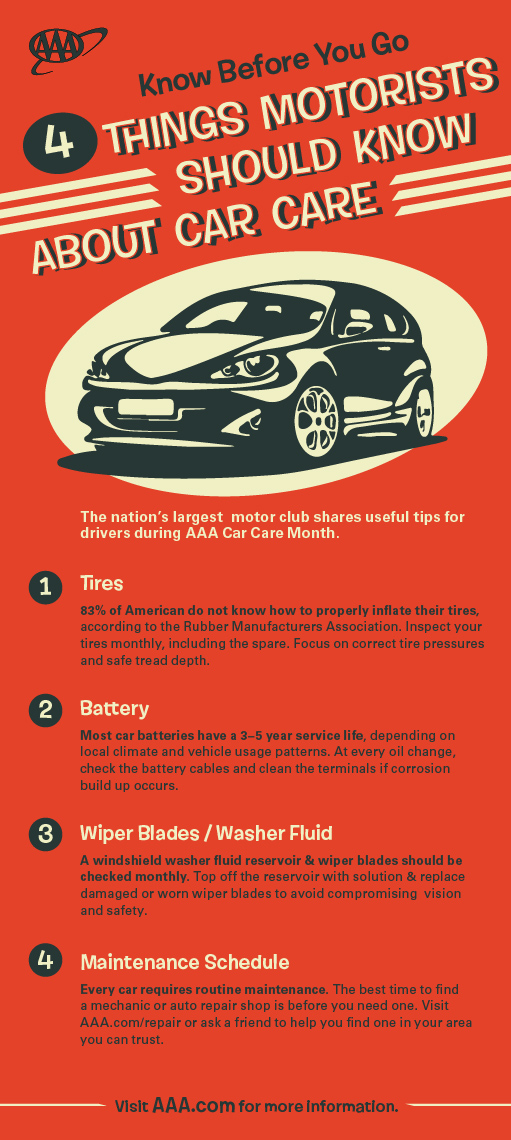Evaluating Your Vehicle'S Caution Indicators: What They Really Convey
Evaluating Your Vehicle'S Caution Indicators: What They Really Convey
Blog Article
Material By-Termansen Dalgaard
When you're behind the wheel, those radiant warning lights on your dashboard can be a little bit complicated. Do Read the Full Posting understand what they're trying to inform you about your cars and truck's health? Recognizing the relevance of these lights is important for your safety and security and the durability of your vehicle. So, the next time one of those lights turns up, wouldn't you intend to analyze its message precisely and take the necessary actions to address it?
Common Caution Lighting and Interpretations
Identify usual warning lights in your vehicle and recognize their definitions to make sure safe driving.
The most normal caution lights include the check engine light, which indicates concerns with the engine or emissions system. If this light comes on, it's critical to have your lorry examined immediately.
The oil stress warning light suggests low oil stress, requiring prompt interest to prevent engine damage.
A flashing battery light might suggest a faulty billing system, possibly leaving you stranded if not addressed.
The tire stress surveillance system (TPMS) light notifies you to reduced tire stress, impacting lorry security and fuel effectiveness. Overlooking this could bring about harmful driving problems.
The ABS light suggests a problem with the anti-lock stopping system, endangering your ability to stop quickly in emergencies.
Finally, the coolant temperature level warning light warns of engine getting too hot, which can cause severe damage if not dealt with quickly.
Comprehending aucklandcardetailing will certainly aid you resolve issues promptly and preserve risk-free driving conditions.
Importance of Prompt Focus
Recognizing the common caution lights in your automobile is just the primary step; the value of quickly attending to these warnings can't be stressed sufficient to guarantee your safety and security on the road.
When a caution light illuminates on your dashboard, it's your cars and truck's method of interacting a potential issue that needs interest. Neglecting these cautions can bring about more serious issues in the future, jeopardizing your safety and security and potentially costing you extra out of commission.
Prompt interest to cautioning lights can protect against failures and crashes. As auto and marine detailing nz | car wash auckland , a blinking check engine light can suggest a misfire that, if left unattended, could cause damages to the catalytic converter. Addressing this quickly can save you from an expensive repair work.
Similarly, a brake system advising light may signal low brake fluid or used brake pads, essential components for your safety when driving.
Do It Yourself Troubleshooting Tips
If you notice a warning light on your dashboard, there are a couple of DIY fixing tips you can try prior to seeking professional help.
The primary step is to consult your automobile's guidebook to recognize what the details caution light shows. Sometimes the problem can be as simple as a loose gas cap activating the check engine light. Tightening up the gas cap may fix the trouble.
Another typical problem is a low battery, which can set off different advising lights. Examining https://brakes-and-rotors62839.dsiblogger.com/63124901/are-you-pondering-the-value-of-automobile-outlining-in-regard-to-your-automobile-s-resale-worth for corrosion and ensuring they're safe could fix the problem.
If a warning light persists, you can attempt resetting it by disconnecting the cars and truck's battery for a couple of mins and afterwards reconnecting it. Additionally, checking your lorry's fluid degrees, such as oil, coolant, and brake fluid, can assist repair warning lights related to these systems.
Conclusion
Finally, recognizing your car's caution lights is important for maintaining your lorry running efficiently and securely. By without delay dealing with these informs and understanding what they imply, you can avoid expensive fixings and potential malfunctions.
Bear in mind to consult your car's guidebook for particular details on each warning light and do something about it accordingly to guarantee a trouble-free driving experience.
Keep informed, remain risk-free when driving!
